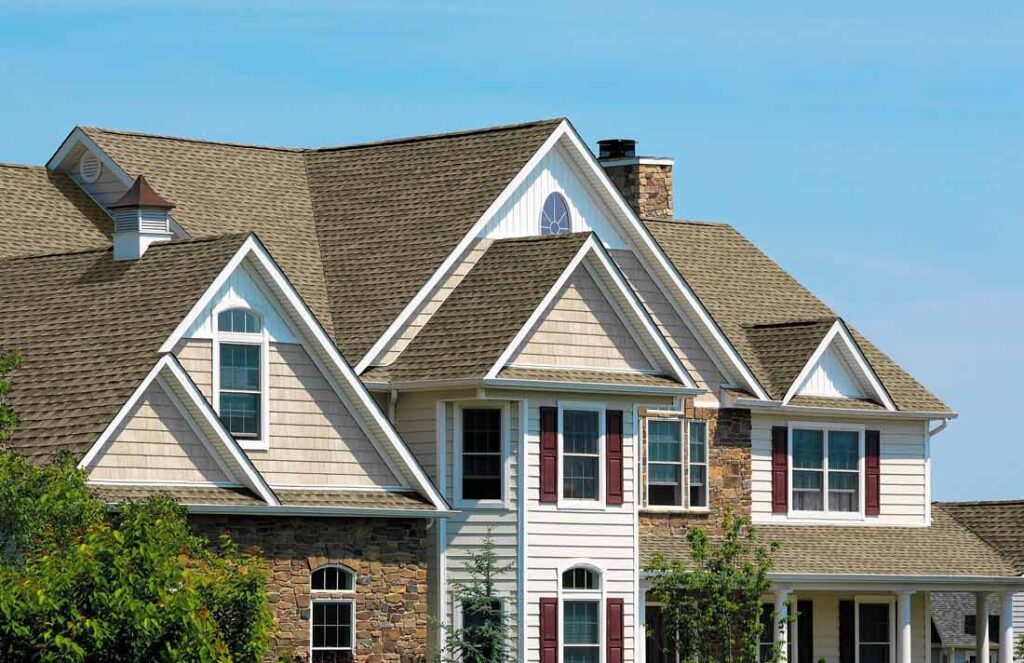Roofing 101: A Comprehensive Guide to Choosing, Installing, and Maintaining Your Roof

When it comes to roofing, choosing the right material is crucial for the longevity and durability of your home. With so many options available, it can be overwhelming to make a decision. In this guide, we’ll break down everything you need to know about roofing materials, their pros and cons, and how to choose the best roof for your home.
Types of Roofing Materials
- Asphalt Shingles: One of the most common and affordable roofing options, asphalt shingles are durable and easy to install. They come in a variety of colors and styles, making them suitable for any home.
- Metal Roofing: Metal roofs are known for their longevity and durability. They can last up to 50 years or more and are resistant to fire, rot, and mildew. Metal roofs are also energy-efficient, reflecting heat away from the home.
- Wood Shingles: Wood shingles give a natural, rustic look to your home. They are eco-friendly and provide good insulation. However, they require regular maintenance to prevent rot and mold growth.
- Slate Roofing: Slate roofs are incredibly durable and can last up to 100 years or more. They are fire-resistant and require little maintenance. However, slate roofing is expensive and heavy, requiring a strong roof structure.
- Clay Tiles: Clay tiles are popular in Mediterranean and Spanish-style homes. They are durable and fire-resistant but can be expensive and heavy. Clay tiles require professional installation to ensure proper sealing and longevity.
Factors to Consider When Choosing a Roof
- Climate: Consider the climate in your area when choosing a roofing material. For example, metal roofs are ideal for areas prone to wildfires, while clay tiles are suitable for hot and dry climates.
- Durability: Choose a roofing material that can withstand the weather conditions in your area. Consider the lifespan of the material and its resistance to wind, rain, and hail.
- Cost: Determine your budget for a new roof and choose a material that fits within that budget. Keep in mind that while some materials may be more expensive upfront, they can save you money in the long run due to their longevity and energy efficiency.
- Style: Consider the architectural style of your home when choosing a roofing material. Some materials, such as slate and clay tiles, are better suited for certain architectural styles than others.
- Maintenance: Consider the amount of maintenance required for each roofing material. Some materials, such as asphalt shingles, require regular maintenance, while others, such as metal roofs, require little to no maintenance.
Conclusion
Choosing the right roofing material for your home is a decision that should not be taken lightly. Consider factors such as climate, durability, cost, style, and maintenance when making your decision. By choosing the right roofing material, you can ensure that your home is protected and that your investment lasts for years to come.

